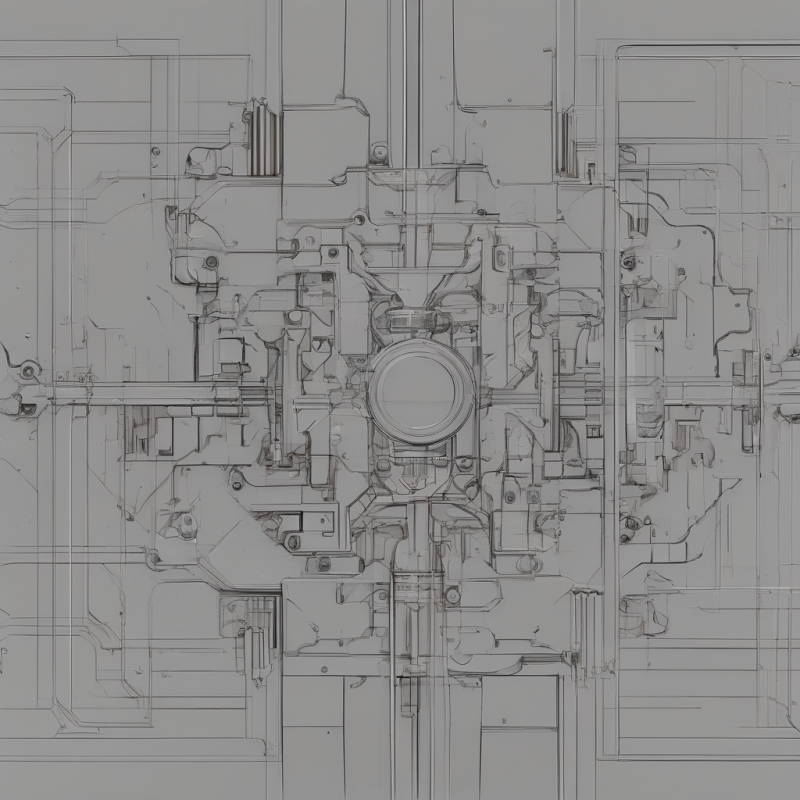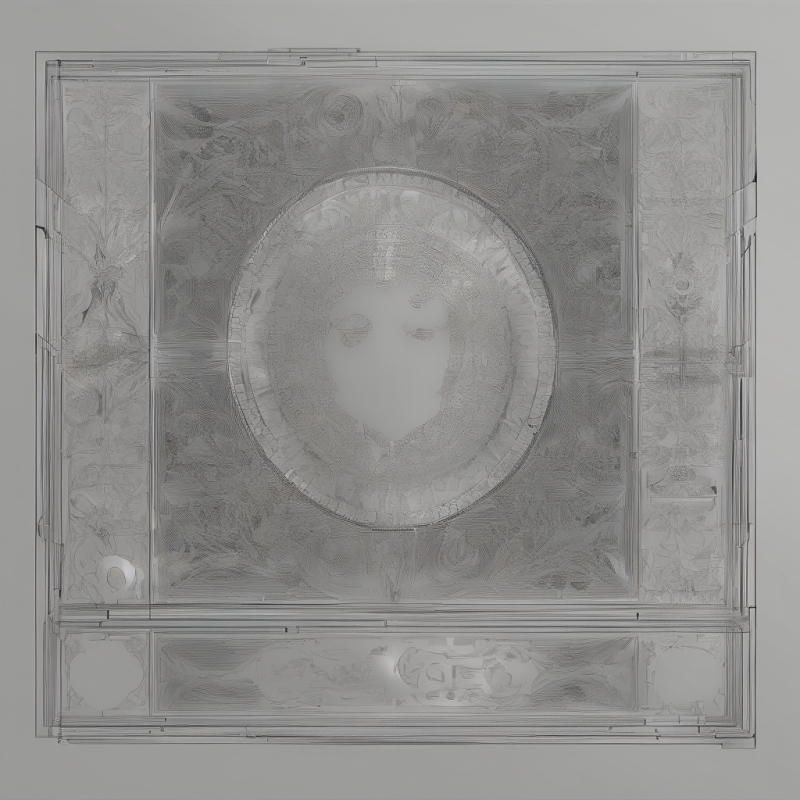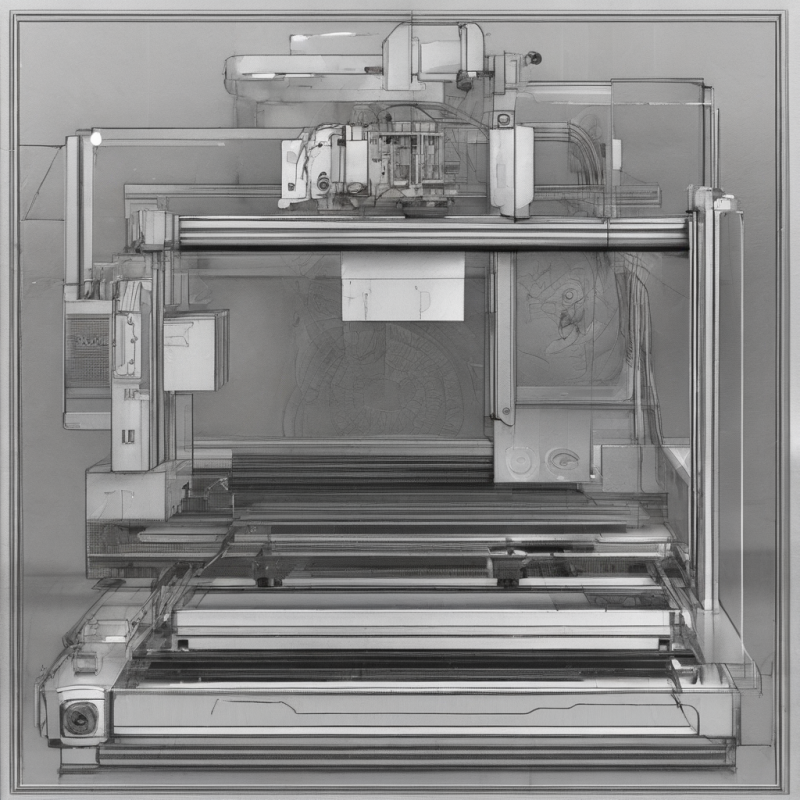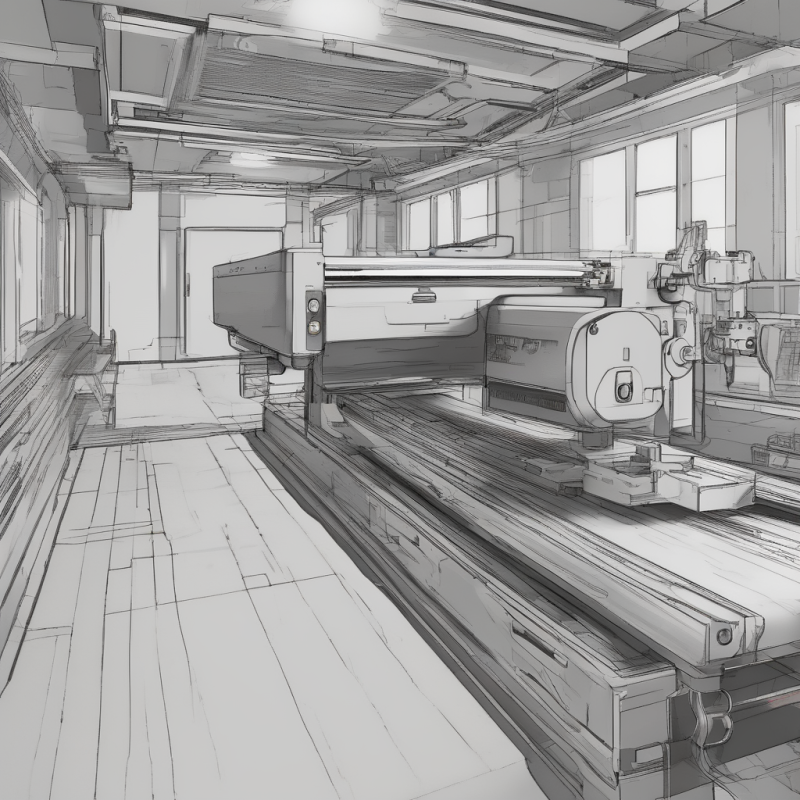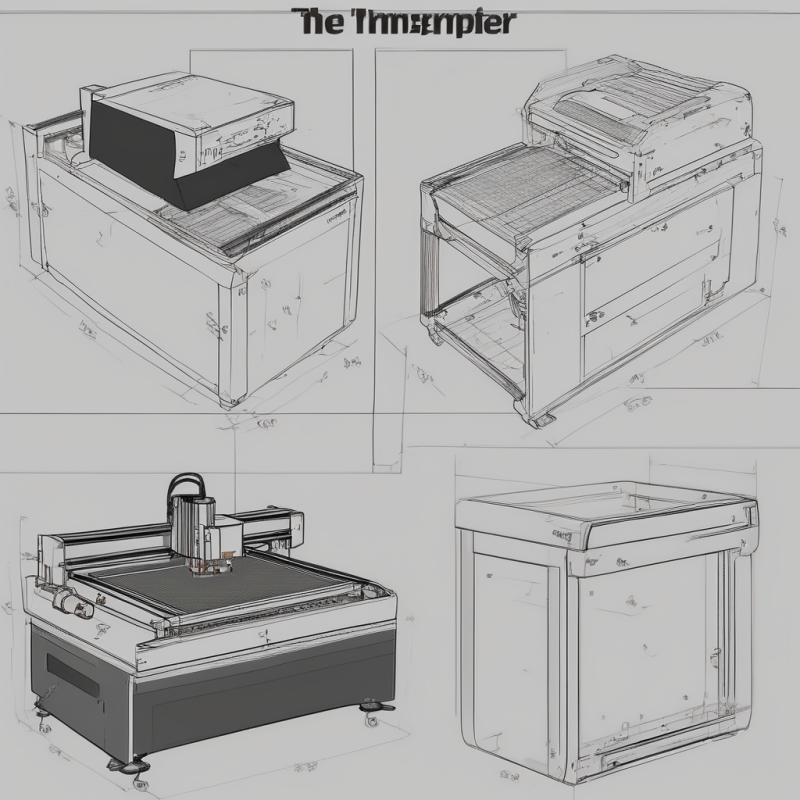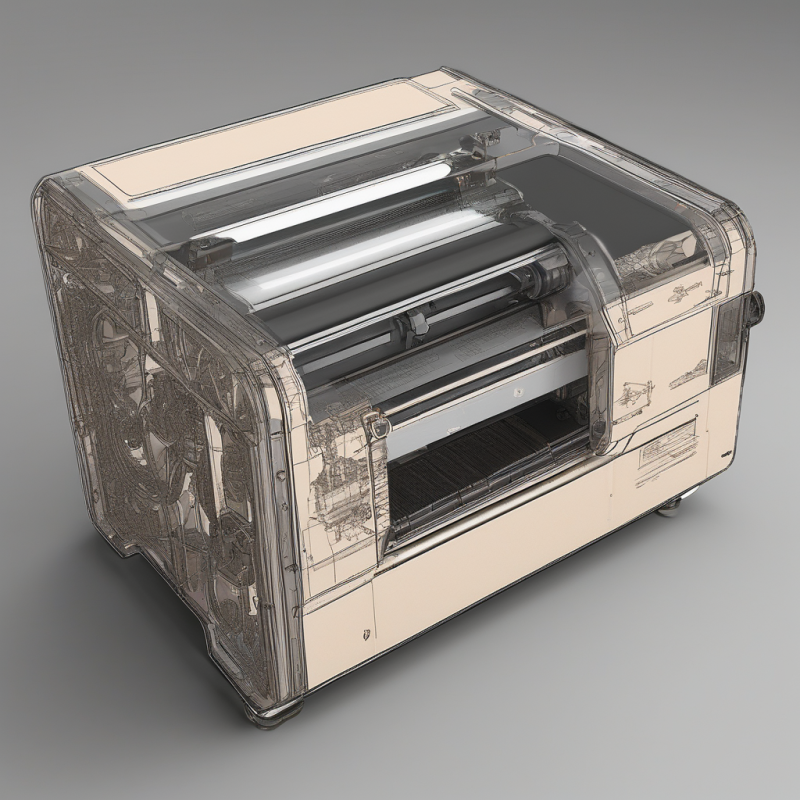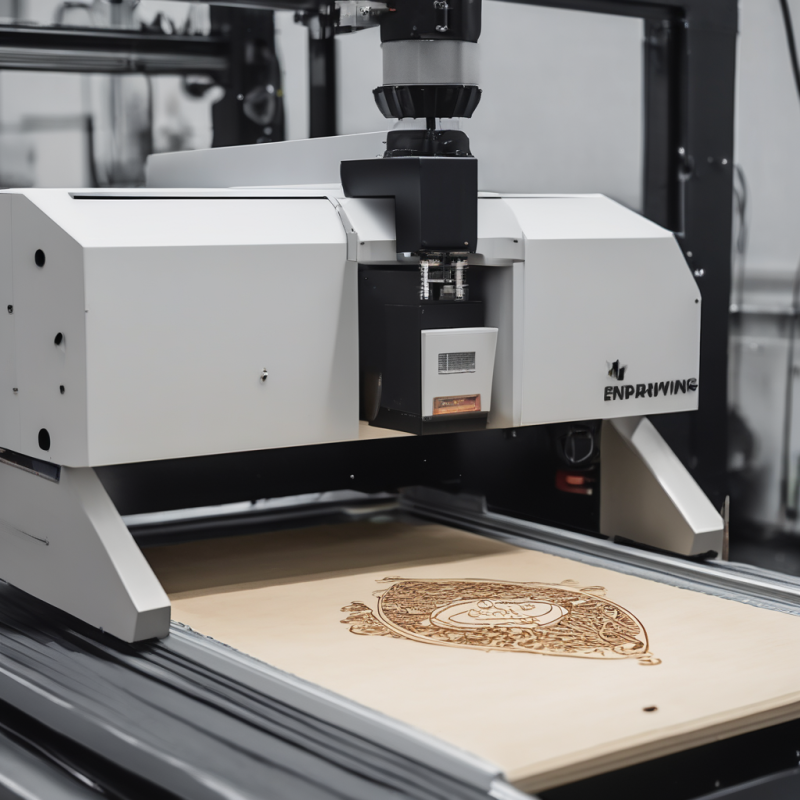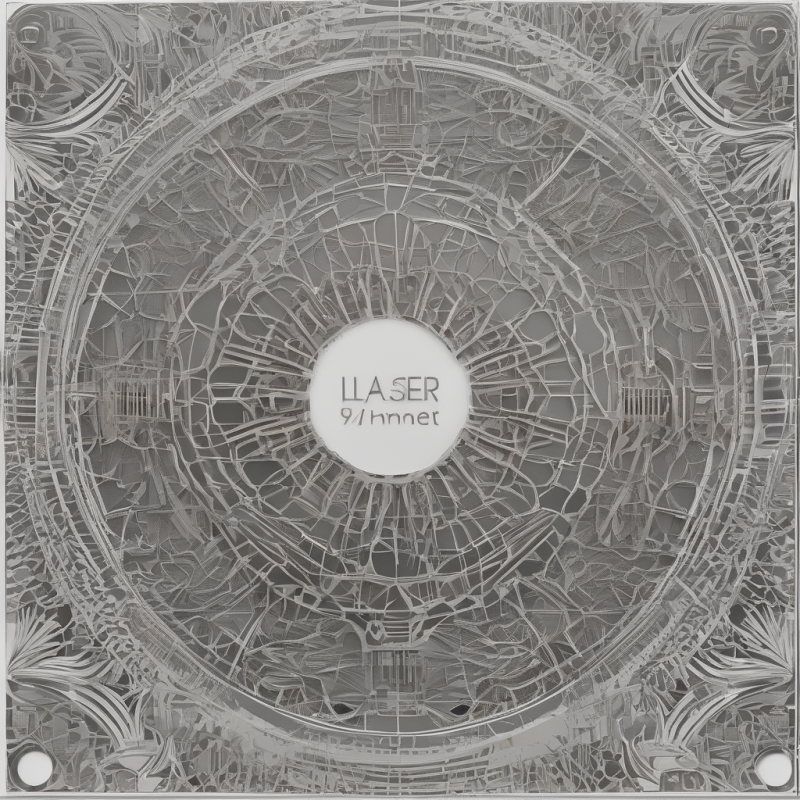The Ultimate Guide to Laser Metal Cutter Machines
Laser metal cutter machines are revolutionizing the manufacturing and fabrication industries by offering precise, efficient, and versatile cutting solutions. If you’re exploring this technology for your business or personal projects, it’s essential to understand how these machines work, their benefits, and where they fit into modern workflows. This article will delve into everything you need to know about laser metal cutter machines, including their applications, advantages, and considerations for purchasing one.
What is a Laser Metal Cutter Machine?
A laser metal cutter machine uses a focused laser beam to cut through various materials, including metals. This cutting method is highly accurate and can handle intricate designs that might be challenging with traditional cutting tools. The process involves directing the laser beam at the material, which melts, burns, or vaporizes the material away, leaving behind a clean and precise edge.
The machine typically consists of a laser source, optics to focus the laser beam, and a mechanism to move the laser over the material. Depending on the model, it can cut through different types of metal, such as steel, aluminum, brass, and stainless steel, with varying thicknesses.
Benefits of Using a Laser Metal Cutter Machine
The advantages of using a laser metal cutter machine are numerous:
- Precision: The laser beam is highly focused, allowing for extremely precise cuts with minimal material waste.
- Speed: Compared to traditional cutting methods, laser cutting can be much faster, especially for complex shapes and patterns.
- Versatility: It can handle a wide range of materials and thicknesses, making it suitable for various applications.
- Cost-effectiveness: Despite the initial investment, laser cutting machines can save money in the long run by reducing material waste and increasing productivity.
Applications of Laser Metal Cutter Machines
Laser metal cutter machines are used in a variety of industries due to their versatility. Some common applications include:
- Prototyping: Quickly create prototypes for testing and design validation.
- Jewelry Making: Cut intricate designs into metal sheets or wires with precision.
- Signage Production: Create custom signs, letters, and logos with clean edges.
- Automotive Industry: Cut and shape parts for vehicles with high accuracy.
- Fabrication: Produce components for machinery, electronics, and other industrial applications.
These machines are also popular among hobbyists and small-scale manufacturers who need precise cutting capabilities without the need for expensive tooling or setup costs.
How Does a Laser Metal Cutter Machine Work?
Understanding the mechanics behind a laser metal cutter machine can help you appreciate its efficiency. Here’s a simplified breakdown of how it works:
- Laser Generation: The laser is generated from a source, such as a CO2 or fiber laser, depending on the machine.
- Focusing the Laser Beam: The beam is focused through optics to a small spot size, intensifying its power for cutting.
- Motion Control: The laser beam is directed across the material using mirrors or other motion control systems to follow the programmed cut path.
- Cutting Process: As the laser hits the material, it either melts, burns, or vaporizes it, creating a clean cut edge.
This process is computer-controlled, allowing for precise and repeatable cuts every time. Advanced machines can even handle multi-axis cutting for more complex shapes.
Choosing the Right Laser Metal Cutter Machine
If you’re in the market for a laser metal cutter machine, there are several factors to consider:
- Type of Laser: CO2 lasers are more common for cutting thicker metals, while fiber lasers offer higher speeds and efficiency for thinner materials.
- Cutting Capacity: Determine the maximum thickness of metal you’ll be cutting to ensure the machine meets your needs.
- Budget: Laser cutters vary widely in price, so it’s important to balance cost with features and performance.
- Software Compatibility: Ensure the machine is compatible with your existing CAD/CAM software for seamless workflow integration.
Purchasing a laser metal cutter machine is a significant investment, but it can pay off in the long run through increased productivity and reduced material waste. Consider reading reviews and consulting with professionals to make an informed decision.
Maintenance and Safety Tips
Like any high-tech equipment, laser metal cutter machines require proper maintenance and safety precautions:
- Regular Cleaning: Keep the optics and other components clean to ensure optimal performance.
- Lubrication: Follow the manufacturer’s guidelines for lubricating moving parts to prevent wear and tear.
- Safety Glasses: Always wear safety glasses when operating or near a laser cutter to protect your eyes from potential sparks or debris.
- Adequate Ventilation: Ensure the workspace is well-ventilated to avoid inhaling fumes generated during the cutting process.
Maintaining your machine and prioritizing safety will extend its lifespan and ensure it continues to perform at peak efficiency.
Frequently Asked Questions
Here are answers to some common questions about laser metal cutter machines:
- Can I cut non-metal materials with a laser metal cutter machine?Yes, some models can cut through plastics, wood, and other non-metal materials. Always check the specifications before purchasing.
- Is laser cutting more expensive than traditional methods?While the initial investment is higher, laser cutting often reduces long-term costs due to increased efficiency and less material waste.
- How easy is it to learn how to operate a laser metal cutter machine?Most machines come with user-friendly interfaces and software. Training courses are also available for those new to the technology.
Conclusion
A laser metal cutter machine is an invaluable tool for anyone needing precise, efficient, and versatile cutting capabilities. Whether you’re a professional manufacturer or a hobbyist, these machines can elevate your projects to new levels of precision and quality. By understanding their benefits, applications, and how they work, you can make informed decisions about whether this technology is right for you.
If you’re ready to take the plunge into laser cutting, consider exploring models like the , which offers a great balance of performance and affordability. Remember to prioritize safety and maintenance to get the most out of your investment!


